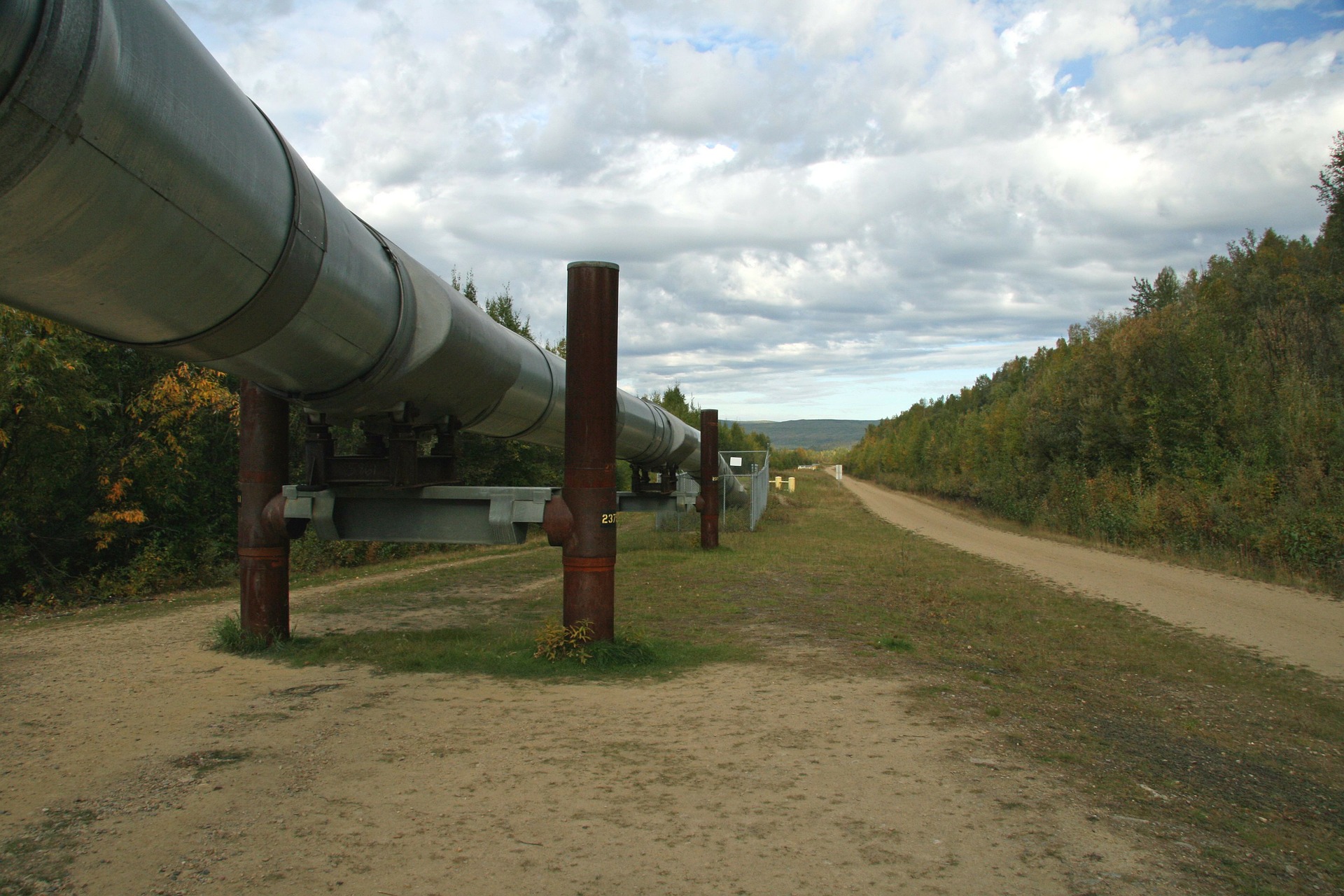A long-delayed pipeline that will cross four Asian countries broke ground in Afghanistan in late February 2018, signaling a significant development in regional cooperation and the economic future of Central Asia.
The Turkmenistan-Afghanistan-Pakistan-India pipeline, also known as TAPI, is a 1,814-kilometer pipeline that will transport about 33 billion cubic meters of natural gas each year for the next 30 years from Turkmenistan’s massive Galkynysh gas field—the second-largest in the world—to Fazilka, in India’s Punjab state. The pipeline’s proposed route through Afghanistan runs along the 557-kilometer Kandahar-Herat Highway, which skirts the Hindu Kush Mountains in the southwestern part of the country, before veering further south to cross the border.
Officials say the pipeline, which will cost $10 billion to construct, will create thousands of new jobs and bring in hundreds of millions in yearly transit fees for Afghanistan.
The ceremony commemorating the beginning of TAPI construction in Afghanistan was held in the city of Herat, in western Afghanistan. In attendance were Ashraf Ghani, president of Afghanistan, along with the president of Turkmenistan, the prime minister of Pakistan, and India’s minister of state for external affairs.
History of TAPI
TAPI was first discussed in 1995, but in the years following, the project stalled and was delayed due to civil conflict in Afghanistan and other regional issues. Over the years, as insurgents have gained and lost power, they have continued to influence the project, at times hindering its progress.
Officials from Turkmenistan, Afghanistan, and Pakistan finally signed an agreement to move forward with the pipeline in 2002, and more concrete plans for construction were conceived. In 2008, India joined the project, and it became known as TAPI.
The first TAPI groundbreaking ceremony was held in Turkmenistan in late 2015, and in 2016, the Asian Development Bank and the Islamic Development Bank of Saudi Arabia agreed to finance $1.5 billion of the pipeline’s cost. Turkmenistan is paying for the lion’s share of the project, shouldering around 85 percent of the total price tag. In addition, a consortium called the TAPI Pipeline Co., which includes Afghan Gas Enterprise, Turkmengaz, and other national energy companies, is now seeking additional funding abroad in the United Arab Emirates, the United Kingdom, and Singapore.
Economic boost
The natural gas carried by TAPI would be distributed among the four nations involved in the project, with Afghanistan buying about 5 billion cubic meters annually. This supply could help alleviate Afghanistan’s chronic energy shortages, which hamper the country’s development and constrain its economy. Natural gas is furthermore a cleaner energy source than coal or oil; while not considered as sustainable as wind or solar power, natural gas only generates half as much carbon dioxide as coal when burned. In addition, the cost of natural gas has fallen substantially around the world, as production has increased.
The pipeline should also spur economic development directly, officials say. Afghan analysts have estimated that TAPI could add up to 25,000 jobs and generate $500 million each year in transit duties. Some economic forecasters say the pipeline could create the groundwork for a more sustainable economy in Afghanistan and be a catalyst for railway and fiber optic links along the TAPI route.
“Today the industrialists and the people of Afghanistan are waiting for the inauguration of the project,” Sakhi Ahmad Paiman, leader of the Afghanistan Industrialists Union, said in a recent press statement. “This is beyond a project. This will lead to peace and stability in the region, particularly in Afghanistan.”
Afghan officials have stressed that project needs the support of the Afghan people and the business community if it is ever to be realized.
Obstacles ahead
While Central Asian officials are optimistic about the benefits of the pipeline, many are cautious about its future. The pipeline is scheduled to be in operation by 2022, four years later than original projections, but there are several hurdles that must be overcome if the project is to reach this finish line. For example, any kind of international infrastructure project requires huge amounts of cooperation and coordination between the countries involved, which can be difficult when they have different standards and goals. Secondly, the proposed funding for the project must materialize. Finally, the pipeline must be kept safe from insurgent groups who seek to damage it.
Afghan officials say they will create a security force of thousands of officers to ensure the safety of TAPI, which will run through some of the most unstable regions of Afghanistan. Some critics remain unconvinced that the project can be fully protected, however, as anti-government militants completely control parts of the pipeline route. Still, if officials are able to confront these and the other challenges that have been holding up TAPI for more than two decades, the pipeline could be a boon for Afghanistan and the Central Asia region.

